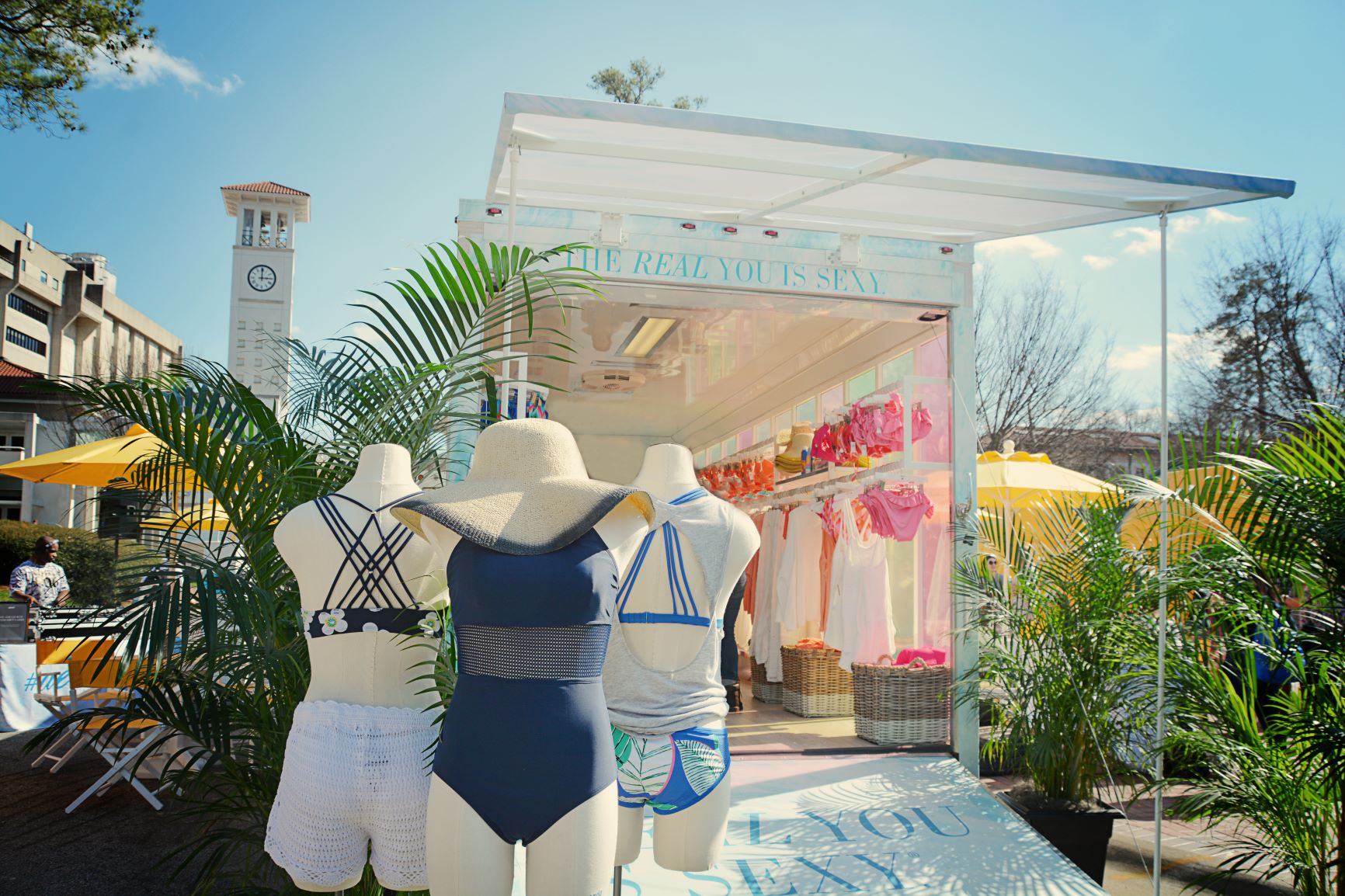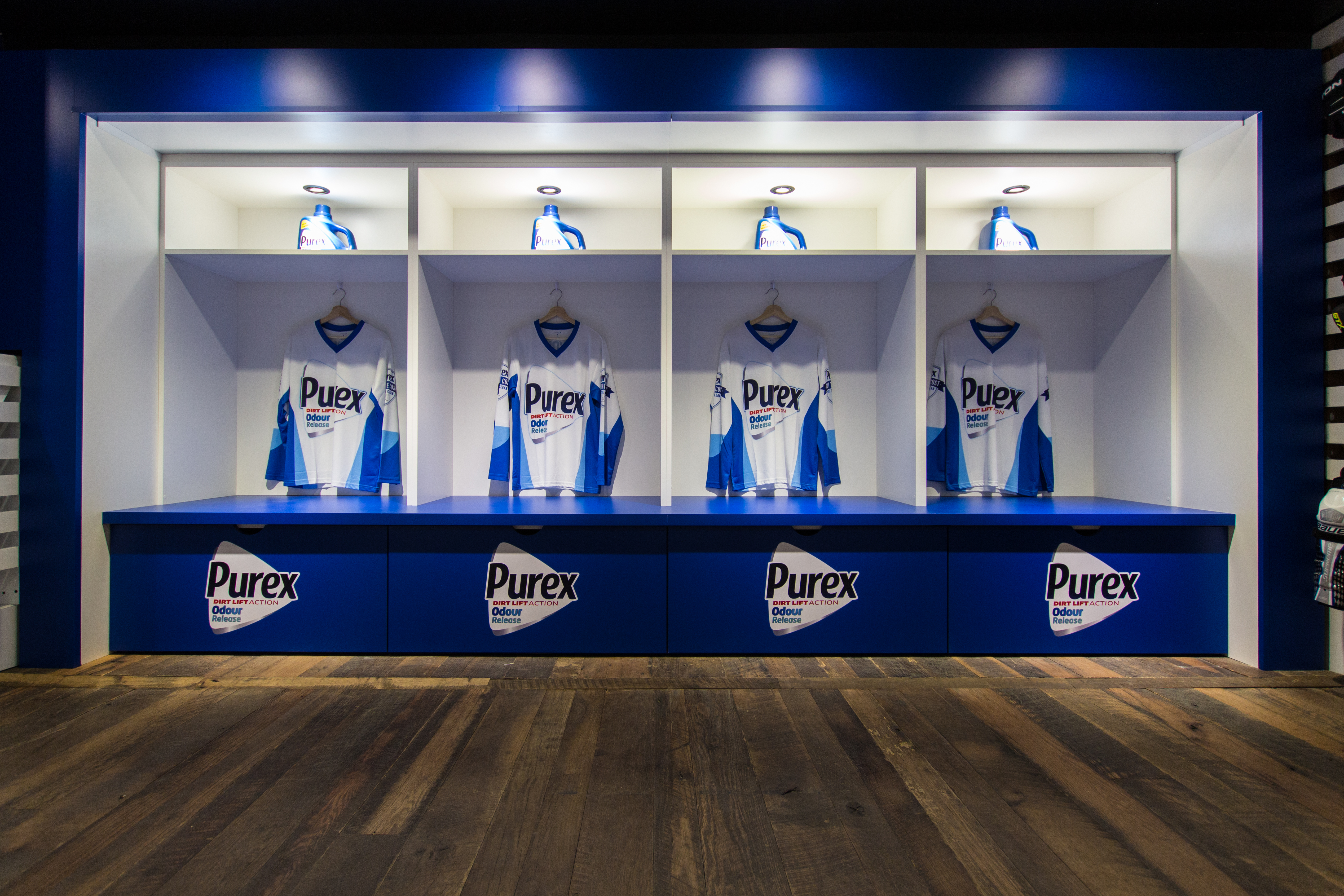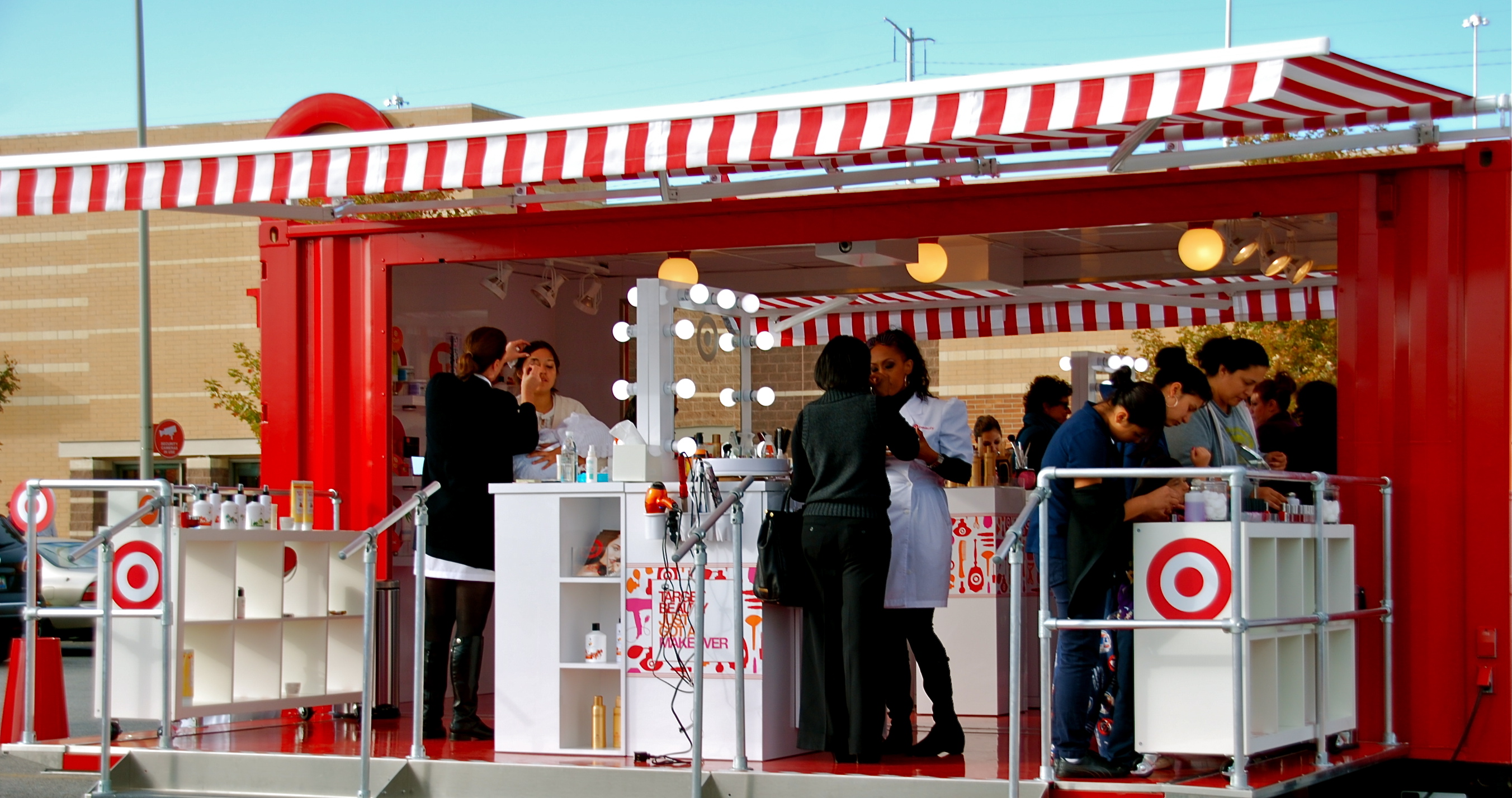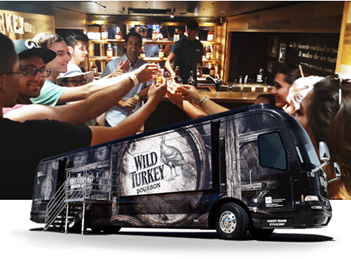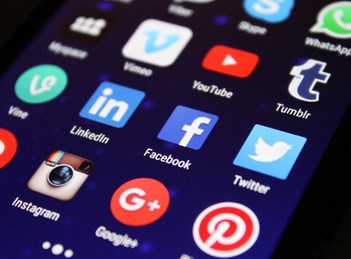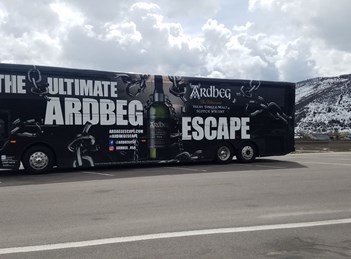
Three Benefits of a Pop-Up Retail Mobile Tour
Pop-up retail mobile marketing isn’t going away any time soon. Storefront.com estimates that pop-ups are expected to generate $80 billion in revenue per year, making them an integral part of any brands’ marketing strategy. Pop-up marketing is an ideal way to create a buzz for brands small and large because it allows brands the opportunity to interact in a more one-on-one capacity. A mobile pop-up tour goes one step further by increasing flexibility for shorter term activation to reach larger audiences. Here are three benefits of a pop-up retail mobile tour.
Increase Flexibility
A mobile pop-up retail tour allows you to show off your products anywhere and most importantly directly to your target consumers. A fully branded mobile vehicle is an investment that keeps on giving and requires much less capital than opening a traditional brick and mortar storefront. Creating a mobile vehicle also allows for more market penetration for your brand by traveling directly to those target markets you want to hit, while creating long lasting brand impressions. With a fully branded mobile vehicle, you have the flexibility to travel all year long and to strategically map out your tour stops based on your audience goals.
Engage Customers Offline
For many consumers, online shopping isn’t ideal as they are not able to see and feel a product in person before purchasing. If you have an exclusively online only store, creating a mobile pop-up tour is one way to reach those averse to online shopping. A pop-up vehicle allows consumers to touch, try on, and demo products in person before making a purchase. It also allows brands to interact face-to-face with consumers and address any concerns or answer any brand questions, having a more direct impact on buying decision.
Product Interaction
If you’re looking to increase your audience or have a new product that hasn’t garnered that much buzz yet, a pop-up retail vehicle could be the solution. During the tour, brands can give in person product demos, fashion shows, or samples which can generate interest from new demographics. Or if you have a product that maybe has consumers scratching their heads, a pop-up tour is a great way to demonstrate the value of your product and reduce any questions or confusion. One great example of this is Microsoft, which opened multiple pop-ups to help educate consumers on their new Surface tablet.

